Home>Furniture & Design>Interior Design Trends>What Is Low Iron Glass
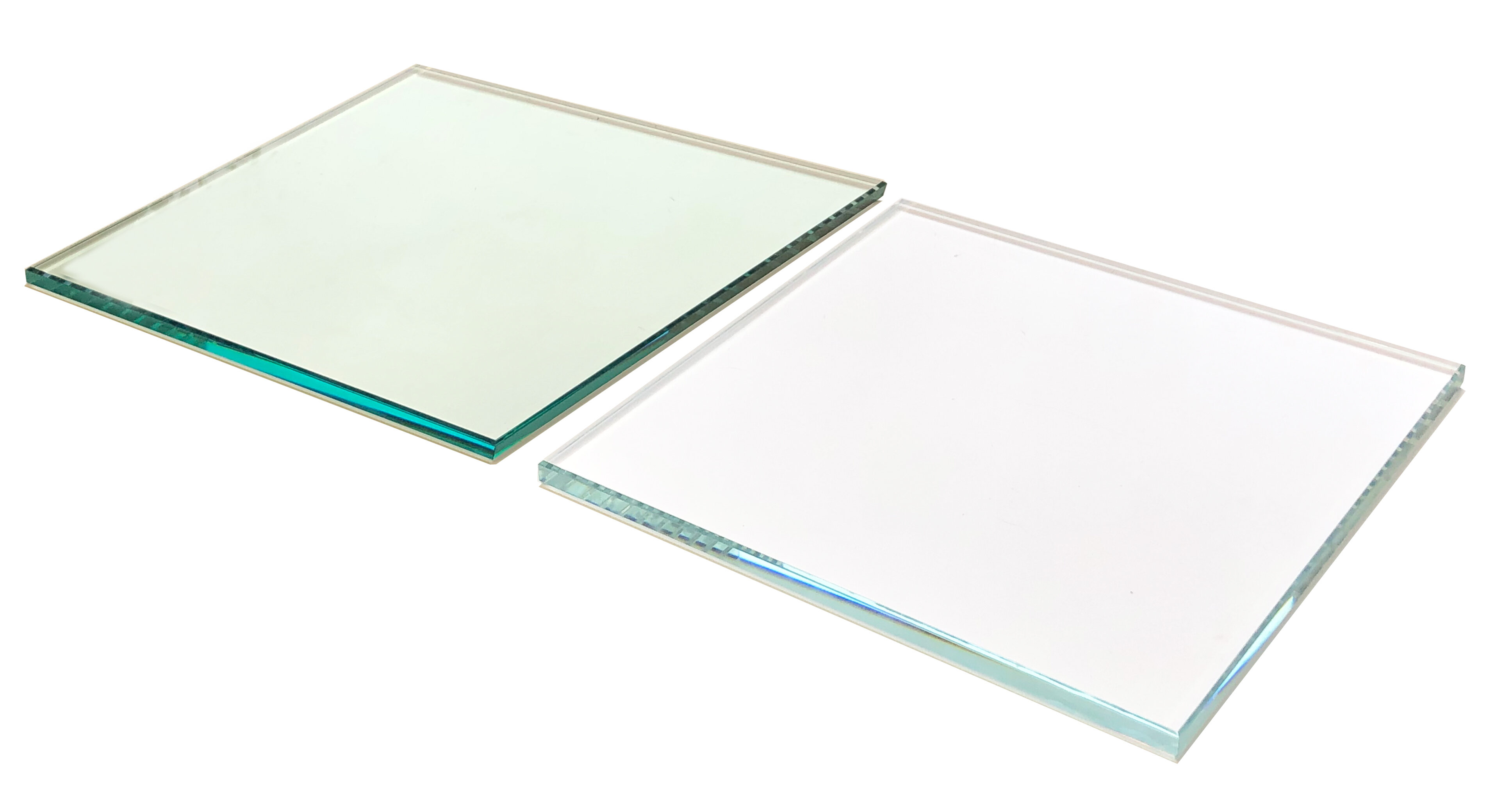

Interior Design Trends
What Is Low Iron Glass
Published: February 4, 2024
Discover the benefits of low iron glass for interior design trends. Learn how it enhances natural light and creates a modern, sleek aesthetic.
(Many of the links in this article redirect to a specific reviewed product. Your purchase of these products through affiliate links helps to generate commission for Storables.com, at no extra cost. Learn more)
Introduction
Low iron glass, also known as ultra-clear glass, is a specialized type of glass that has gained significant popularity in the interior design and architectural industries. Unlike traditional glass, low iron glass is manufactured with reduced iron content, resulting in exceptional clarity and color neutrality. This unique characteristic makes it an ideal choice for applications where high visibility and aesthetic appeal are paramount.
Low iron glass is a versatile material that offers a myriad of design possibilities, making it a preferred option for modern architectural projects and interior design endeavors. Its ability to transmit light without distortion or color interference makes it an attractive choice for various applications, ranging from residential and commercial spaces to artistic installations and structural components.
The exceptional clarity of low iron glass allows for the true representation of colors, making it an excellent choice for showcasing vibrant hues and intricate details. Whether used in windows, doors, partitions, or decorative elements, low iron glass enhances the visual impact of any space, creating an atmosphere of openness and sophistication.
In the following sections, we will delve deeper into the definition, properties, applications, advantages, and disadvantages of low iron glass, shedding light on its unique characteristics and the diverse ways it can be utilized in interior design and architectural projects. Through this exploration, we aim to provide a comprehensive understanding of low iron glass and its potential to elevate the aesthetics and functionality of diverse spaces.
Key Takeaways:
- Low iron glass is a special type of glass with exceptional clarity and true color representation, making it perfect for showcasing vibrant hues and intricate details in interior design and architectural projects.
- While low iron glass offers unparalleled visual transparency and sophistication, it may come with higher costs and require specialized handling, making it important to weigh its benefits and drawbacks in design decisions.
Read more: What Is Low-E Glass
Definition of Low Iron Glass
Low iron glass, also referred to as ultra-clear glass, is a specialized type of glass that is manufactured with reduced iron content compared to traditional clear glass. This reduction in iron content significantly enhances the glass's clarity and color neutrality, resulting in a remarkably transparent and almost colorless appearance. This unique characteristic sets low iron glass apart from conventional clear glass, making it an exceptional choice for applications that demand uncompromised visibility and aesthetic appeal.
The distinctive composition of low iron glass is achieved through a meticulous manufacturing process that minimizes the presence of iron oxide, the element responsible for the greenish tint often observed in standard clear glass. By reducing the iron content, low iron glass effectively eliminates the inherent green hue, resulting in a glass that offers exceptional transparency and true color representation. This remarkable clarity allows low iron glass to transmit light without distortion, providing a clear and unobstructed view of the surroundings.
One of the defining features of low iron glass is its ability to showcase colors with unparalleled accuracy. Unlike traditional clear glass, which may subtly distort or tint the colors passing through it, low iron glass maintains the true vibrancy and purity of colors. This makes it an ideal choice for applications where the faithful representation of colors is crucial, such as in art installations, museum displays, architectural features, and interior design elements.
The exceptional clarity and color neutrality of low iron glass make it a preferred material for a wide range of architectural and interior design applications. Whether used in windows, doors, partitions, balustrades, or decorative panels, low iron glass elevates the visual appeal of spaces, creating an atmosphere of openness and sophistication. Its ability to seamlessly integrate with various design styles and materials further enhances its versatility, making it a sought-after option for contemporary design projects.
In essence, low iron glass can be defined as a premium glass variant that offers unparalleled clarity, color fidelity, and light transmission, making it an indispensable element in modern architectural and interior design endeavors. Its unique composition and optical properties position it as a valuable asset for enhancing the aesthetics and functionality of diverse spaces, setting a new standard for transparency and visual impact in the built environment.
Properties of Low Iron Glass
Low iron glass possesses a distinctive set of properties that distinguish it from traditional clear glass, making it a highly sought-after material for architectural and interior design applications. These properties contribute to its exceptional clarity, color neutrality, and light transmission capabilities, positioning it as a versatile and visually impactful option for a wide range of design endeavors.
1. Exceptional Clarity:
Low iron glass is renowned for its unparalleled clarity, which is attributed to its reduced iron content. This glass variant exhibits minimal color distortion, offering a nearly colorless appearance that allows for unobstructed views and the faithful representation of surrounding elements. Its exceptional clarity makes it an ideal choice for applications where transparency and visibility are paramount, such as in glass facades, display cases, and artistic installations.
2. Color Neutrality:
One of the most notable properties of low iron glass is its remarkable color neutrality. Unlike traditional clear glass, which may impart a subtle greenish tint due to its iron content, low iron glass remains virtually colorless, ensuring that the true colors of objects and surroundings are accurately conveyed. This property is particularly advantageous in settings where the accurate representation of colors is essential, such as in museum displays, retail environments, and architectural features.
Read more: What Is A Low Voltage Thermostat
3. High Light Transmission:
Low iron glass exhibits superior light transmission capabilities, allowing it to effectively transmit light without significant distortion or absorption. This property enables spaces adorned with low iron glass to be bathed in natural light, creating an inviting and vibrant atmosphere. Whether used in windows, skylights, or interior partitions, the high light transmission of low iron glass contributes to a sense of openness and connectivity with the external environment.
4. Versatility:
In addition to its optical properties, low iron glass offers versatility in terms of design and application. It can be tempered, laminated, or coated to enhance its strength, safety, and performance, expanding its potential uses in architectural elements, such as balustrades, canopies, and decorative panels. Furthermore, low iron glass seamlessly integrates with various design styles and materials, allowing it to complement diverse interior and exterior aesthetics.
5. Durability:
Despite its exceptional clarity and light transmission capabilities, low iron glass maintains the durability and strength expected of high-quality glass products. When properly fabricated and installed, it exhibits resistance to scratches, chemical damage, and environmental factors, ensuring long-term performance and visual appeal in a variety of settings.
In summary, the properties of low iron glass, including its exceptional clarity, color neutrality, high light transmission, versatility, and durability, position it as a premier choice for architectural and interior design applications. Its unique combination of optical and physical attributes enables the creation of visually stunning and functionally efficient spaces, setting a new standard for transparency and aesthetic excellence in the built environment.
Applications of Low Iron Glass
Low iron glass, with its exceptional clarity, color neutrality, and high light transmission capabilities, finds diverse and impactful applications across the architectural and interior design landscape. Its unique properties make it a preferred choice for projects that prioritize transparency, aesthetics, and visual impact. From residential spaces to commercial establishments and artistic installations, low iron glass elevates the ambiance and functionality of various environments.
Read more: What Is Low E Insulation
1. Architectural Glazing:
Low iron glass is extensively used in architectural glazing applications, including curtain walls, glass facades, and windows. Its exceptional clarity allows buildings to showcase uninterrupted views and maximize natural light penetration, creating a sense of openness and connectivity with the surroundings. The color neutrality of low iron glass ensures that the exterior views are faithfully represented, enhancing the visual appeal of modern architectural structures.
2. Interior Partitions and Doors:
In interior design, low iron glass is employed for partitions, doors, and room dividers to delineate spaces while maintaining a seamless and airy aesthetic. Its transparency and ability to transmit light without distortion contribute to an open and spacious feel within interior environments, making it an ideal choice for modern residential and commercial settings.
3. Artistic Installations:
Low iron glass serves as a preferred medium for artistic installations and displays, allowing artists and designers to showcase colors and intricate details with unparalleled accuracy. Its color neutrality and high light transmission capabilities make it an excellent choice for creating captivating visual experiences in museums, galleries, and public art installations.
4. Retail Environments:
In retail settings, low iron glass is utilized for display cases, storefronts, and architectural features to present products with true color representation and clarity. The glass's ability to showcase merchandise without color distortion enhances the visual appeal of retail spaces, creating an inviting and immersive shopping experience for customers.
Read more: What Is Low Washer Fluid
5. Decorative Elements:
Low iron glass is incorporated into decorative elements such as balustrades, canopies, and feature walls to add a touch of sophistication and modernity to interior and exterior spaces. Its versatility allows designers to explore creative applications, integrating the glass seamlessly into various design styles and architectural concepts.
6. Museum Exhibits:
Museums and exhibition spaces benefit from the use of low iron glass to showcase artifacts, artworks, and historical displays with utmost clarity and color fidelity. The glass's ability to faithfully represent the true colors and details of exhibits enhances the overall visual impact and storytelling within museum environments.
7. Skylights and Atriums:
The high light transmission capabilities of low iron glass make it an ideal choice for skylights and atriums, allowing natural light to flood interior spaces and create a bright and welcoming atmosphere. Its clarity and neutrality contribute to the unobstructed views of the sky and surrounding architecture, enhancing the overall aesthetic and experiential qualities of the built environment.
In essence, the applications of low iron glass span across a wide spectrum of design and architectural contexts, where its exceptional properties contribute to the creation of visually stunning, functionally efficient, and aesthetically pleasing spaces. From enhancing the transparency of modern buildings to elevating the visual impact of artistic installations, low iron glass continues to redefine the possibilities of transparency and visual appeal in interior design and architectural projects.
Advantages of Low Iron Glass
Low iron glass offers a multitude of advantages that set it apart as a premier choice for architectural and interior design applications. Its unique properties and optical characteristics contribute to a range of benefits that enhance the visual appeal, functionality, and overall experience of spaces where it is employed.
-
Unparalleled Clarity: The exceptional clarity of low iron glass, attributed to its reduced iron content, allows for unobstructed views and the faithful representation of surrounding elements. This advantage is particularly significant in architectural glazing, where it maximizes natural light penetration and creates a seamless connection with the outdoors.
-
True Color Representation: Unlike traditional clear glass, low iron glass maintains color neutrality, ensuring that the true colors of objects and surroundings are accurately conveyed. This advantage is invaluable in settings such as museums, retail environments, and artistic installations, where the faithful representation of colors is essential for visual impact and storytelling.
-
Enhanced Light Transmission: Low iron glass exhibits superior light transmission capabilities, contributing to bright and inviting interior spaces. Its ability to transmit light without distortion or color interference enhances the overall ambiance and reduces the need for artificial lighting, promoting energy efficiency and a connection to the natural environment.
-
Versatility in Design: The versatility of low iron glass allows for diverse design applications, from architectural glazing to decorative elements. It seamlessly integrates with various design styles and materials, offering designers and architects the freedom to explore creative possibilities while maintaining a cohesive and modern aesthetic.
-
Aesthetic Sophistication: The use of low iron glass adds a touch of sophistication and modernity to interior and exterior spaces. Its ability to create a sense of openness and transparency contributes to a contemporary and elegant ambiance, elevating the overall visual appeal of architectural structures and interior environments.
-
Durability and Longevity: Despite its exceptional clarity and light transmission capabilities, low iron glass maintains the durability and strength expected of high-quality glass products. When properly fabricated and installed, it exhibits resistance to scratches, chemical damage, and environmental factors, ensuring long-term performance and visual appeal.
In summary, the advantages of low iron glass, including unparalleled clarity, true color representation, enhanced light transmission, versatility in design, aesthetic sophistication, and durability, position it as a superior choice for architectural and interior design projects. Its ability to transform spaces into visually stunning, functionally efficient, and aesthetically pleasing environments underscores its significance as a leading material in the pursuit of transparency and visual impact in the built environment.
Read more: What Is A Low Profile Mattress
Disadvantages of Low Iron Glass
While low iron glass offers a plethora of advantages and exceptional properties, it is important to acknowledge its limitations and potential drawbacks in certain contexts. Understanding the disadvantages of low iron glass allows for a comprehensive evaluation of its suitability for specific applications and informs decision-making in architectural and interior design endeavors.
-
Cost Considerations: One of the primary disadvantages of low iron glass is its relatively higher cost compared to traditional clear glass. The specialized manufacturing process required to achieve its exceptional clarity and color neutrality contributes to its elevated price point. This cost consideration may impact budget-sensitive projects and necessitate careful assessment of the value it brings to the overall design.
-
Susceptibility to Visible Dirt and Stains: Due to its exceptional transparency, low iron glass may be more susceptible to the visibility of dirt, fingerprints, and stains compared to standard clear glass. This characteristic requires regular maintenance and cleaning to preserve its pristine appearance, particularly in high-traffic areas and applications where the glass is frequently handled or exposed to environmental elements.
-
Limited Availability in Standard Thicknesses: Low iron glass may have limited availability in standard thicknesses, especially in regions where it is not as commonly utilized. This can pose challenges in sourcing the desired thickness for specific design requirements, potentially leading to longer lead times and increased costs associated with custom fabrication.
-
Potential for Glare: In environments with abundant natural light, the exceptional light transmission capabilities of low iron glass may lead to increased glare, impacting visual comfort and creating potential challenges in controlling light levels. Mitigating glare through the use of appropriate coatings or treatments may add complexity to the design and installation process.
-
Impact on Privacy: The remarkable transparency of low iron glass, while advantageous in many applications, may compromise privacy in certain settings. Spaces that require visual separation or concealment may necessitate alternative solutions to address privacy concerns while still benefiting from the glass's aesthetic and functional qualities.
-
Specialized Handling and Installation: The unique properties of low iron glass, including its exceptional clarity and reduced iron content, may require specialized handling and installation techniques to ensure its integrity and visual appeal. This can add complexity to the construction process and may necessitate the involvement of experienced professionals familiar with the specific requirements of low iron glass.
Understanding these potential disadvantages of low iron glass is essential for informed decision-making in architectural and interior design projects. While the material's exceptional clarity and optical properties make it a compelling choice for many applications, careful consideration of its limitations is crucial to achieving successful and harmonious design outcomes.
Conclusion
In conclusion, low iron glass stands as a transformative material in the realm of interior design and architecture, offering unparalleled clarity, color neutrality, and light transmission capabilities. Its exceptional properties have redefined the possibilities of transparency and visual impact in diverse design contexts, from modern architectural structures to artistic installations and retail environments.
The remarkable clarity of low iron glass, achieved through its reduced iron content, allows for unobstructed views and the faithful representation of colors, setting a new standard for visual transparency. This advantage has elevated the design possibilities in architectural glazing, interior partitions, and decorative elements, creating spaces that exude openness and sophistication.
Furthermore, the true color representation of low iron glass has revolutionized the presentation of artworks, retail merchandise, and museum exhibits, ensuring that the intended colors and details are accurately conveyed to viewers. Its ability to transmit light without distortion has contributed to bright and inviting interior environments, fostering a connection to the natural surroundings and promoting energy efficiency.
While low iron glass offers a multitude of advantages, including versatility in design, aesthetic sophistication, and durability, it is important to consider its potential drawbacks, such as cost considerations and susceptibility to visible dirt and stains. These factors warrant careful evaluation in the selection and utilization of low iron glass in architectural and interior design projects.
Despite its limitations, the impact of low iron glass on the visual and experiential qualities of spaces cannot be overstated. Its ability to create a sense of openness, showcase true colors, and seamlessly integrate with diverse design styles positions it as a valuable asset for designers, architects, and artists seeking to elevate the aesthetics and functionality of their creations.
In essence, low iron glass has transcended the boundaries of traditional glass materials, offering a new paradigm of transparency and visual excellence. Its influence on modern design trends and architectural innovations underscores its significance as a premier choice for those who seek to redefine the boundaries of visual expression and spatial experience.
Frequently Asked Questions about What Is Low Iron Glass
Was this page helpful?
At Storables.com, we guarantee accurate and reliable information. Our content, validated by Expert Board Contributors, is crafted following stringent Editorial Policies. We're committed to providing you with well-researched, expert-backed insights for all your informational needs.
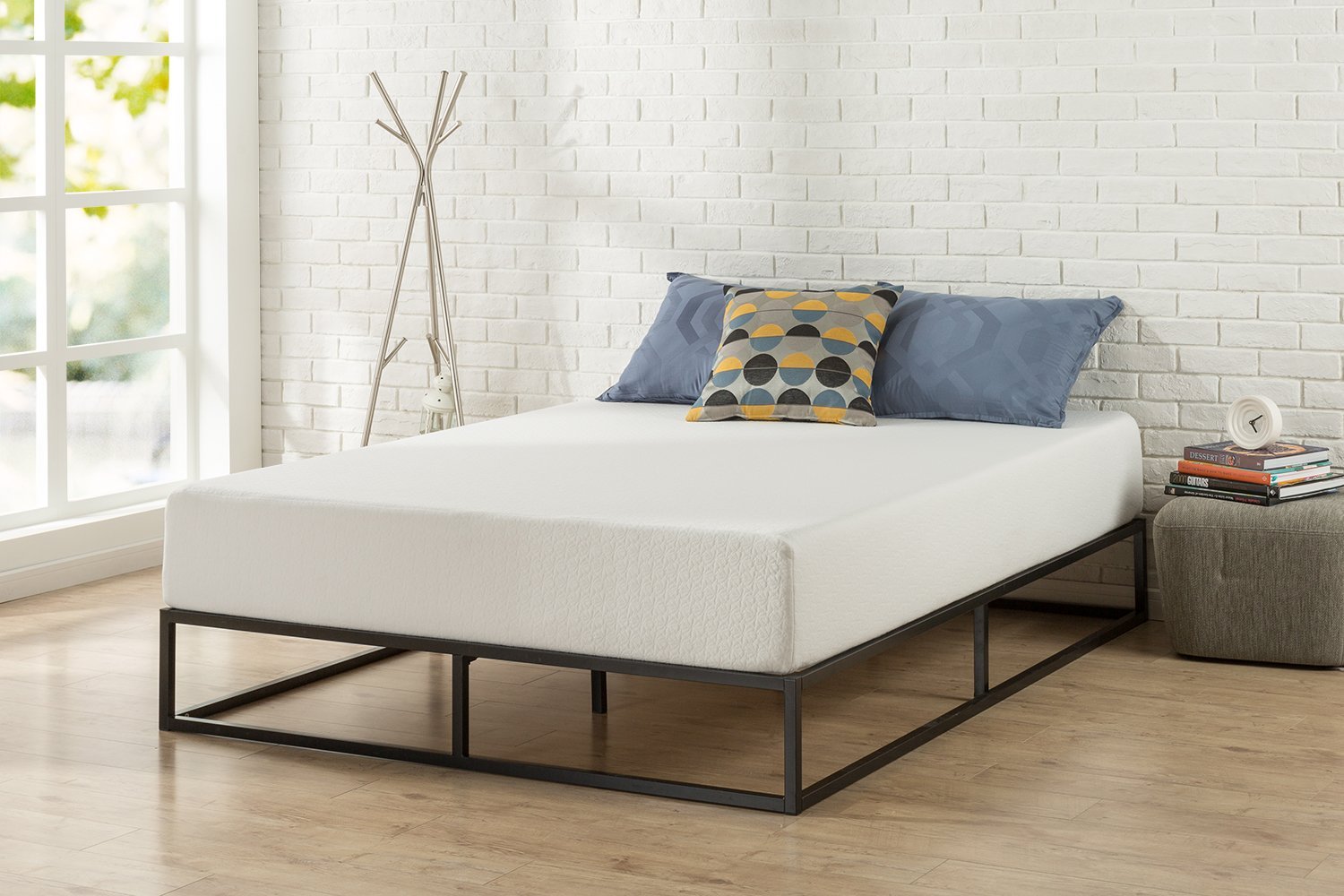
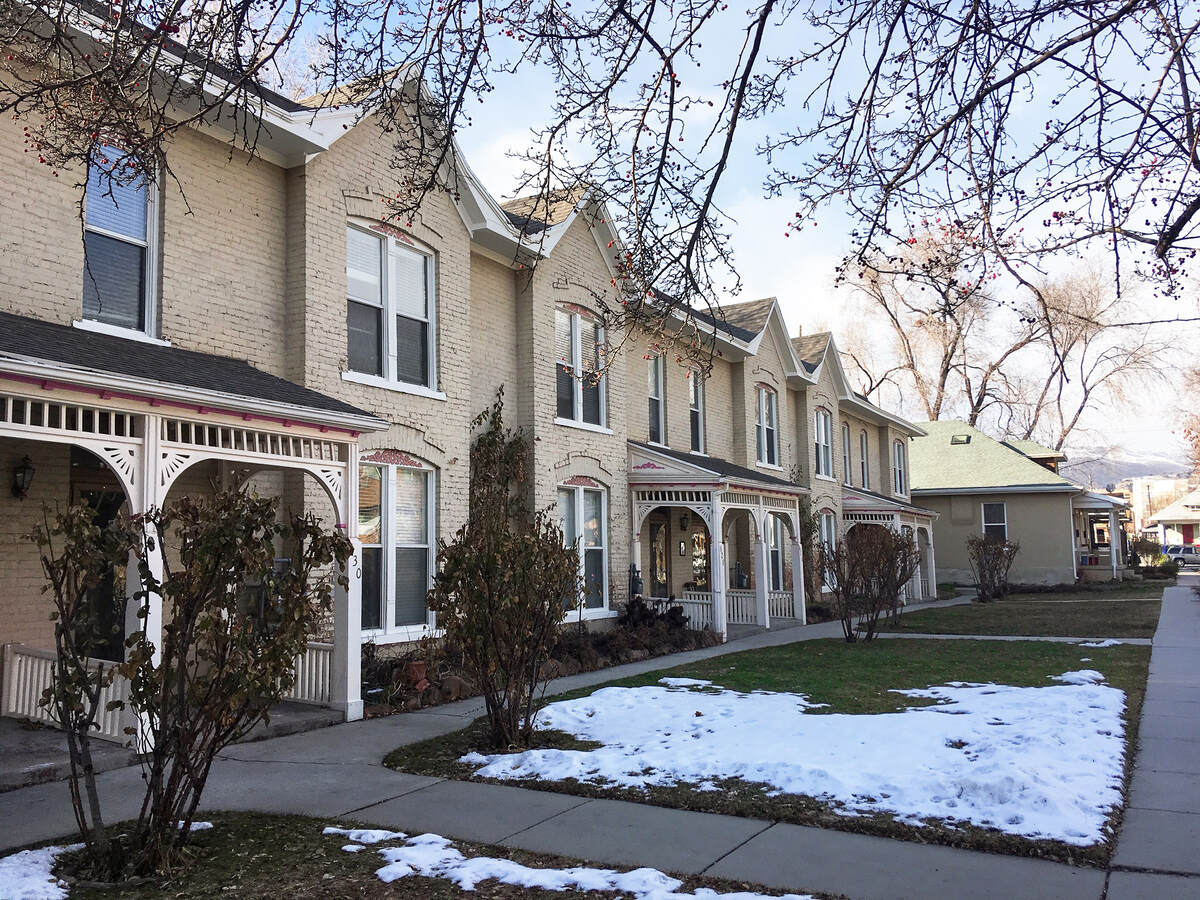
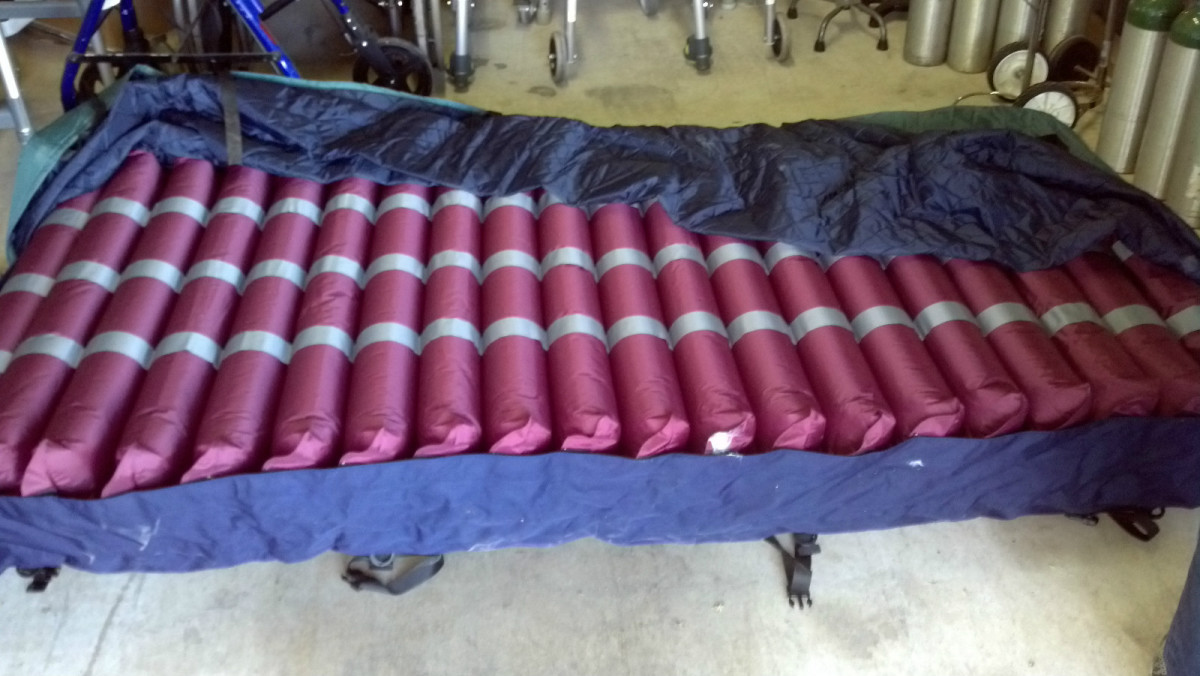



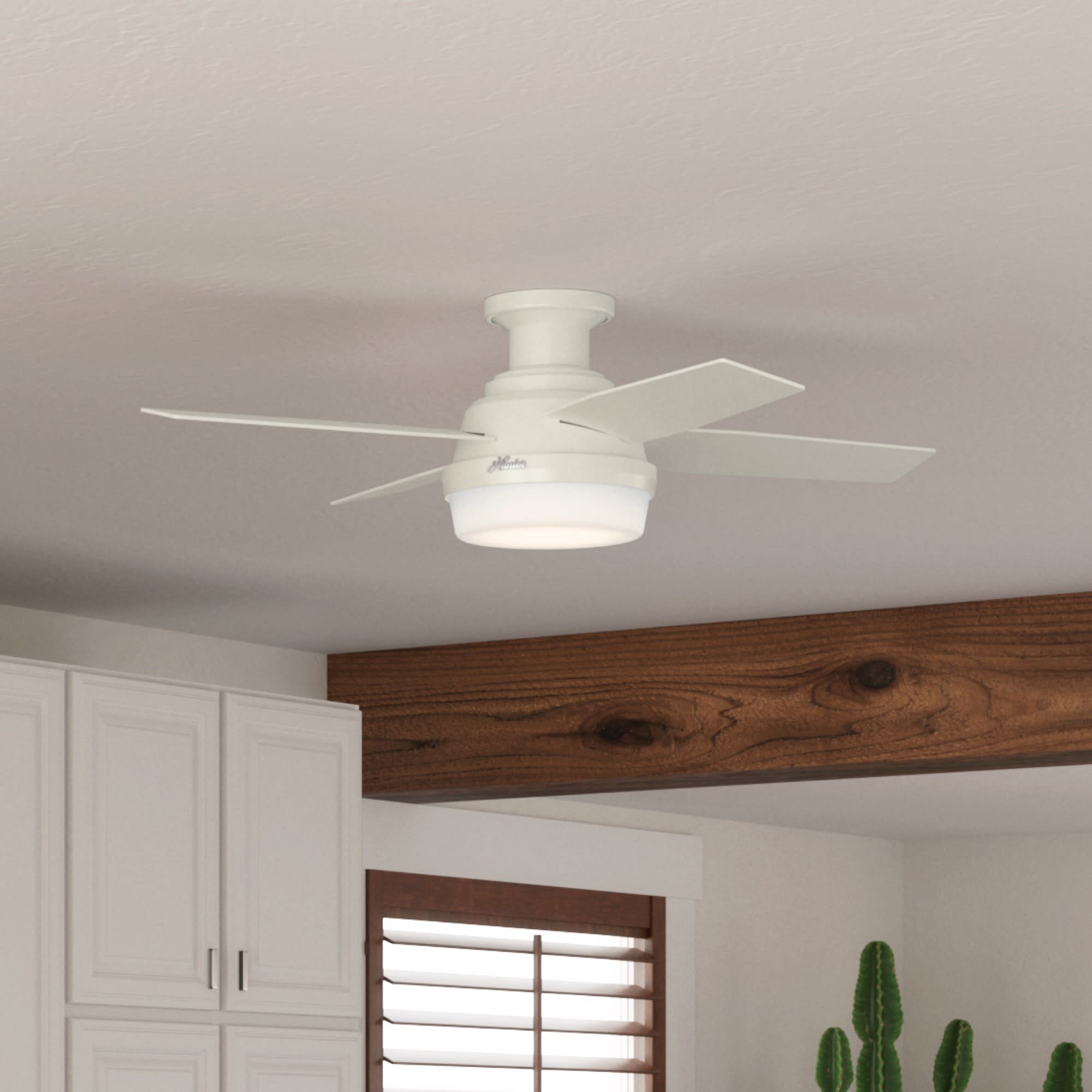
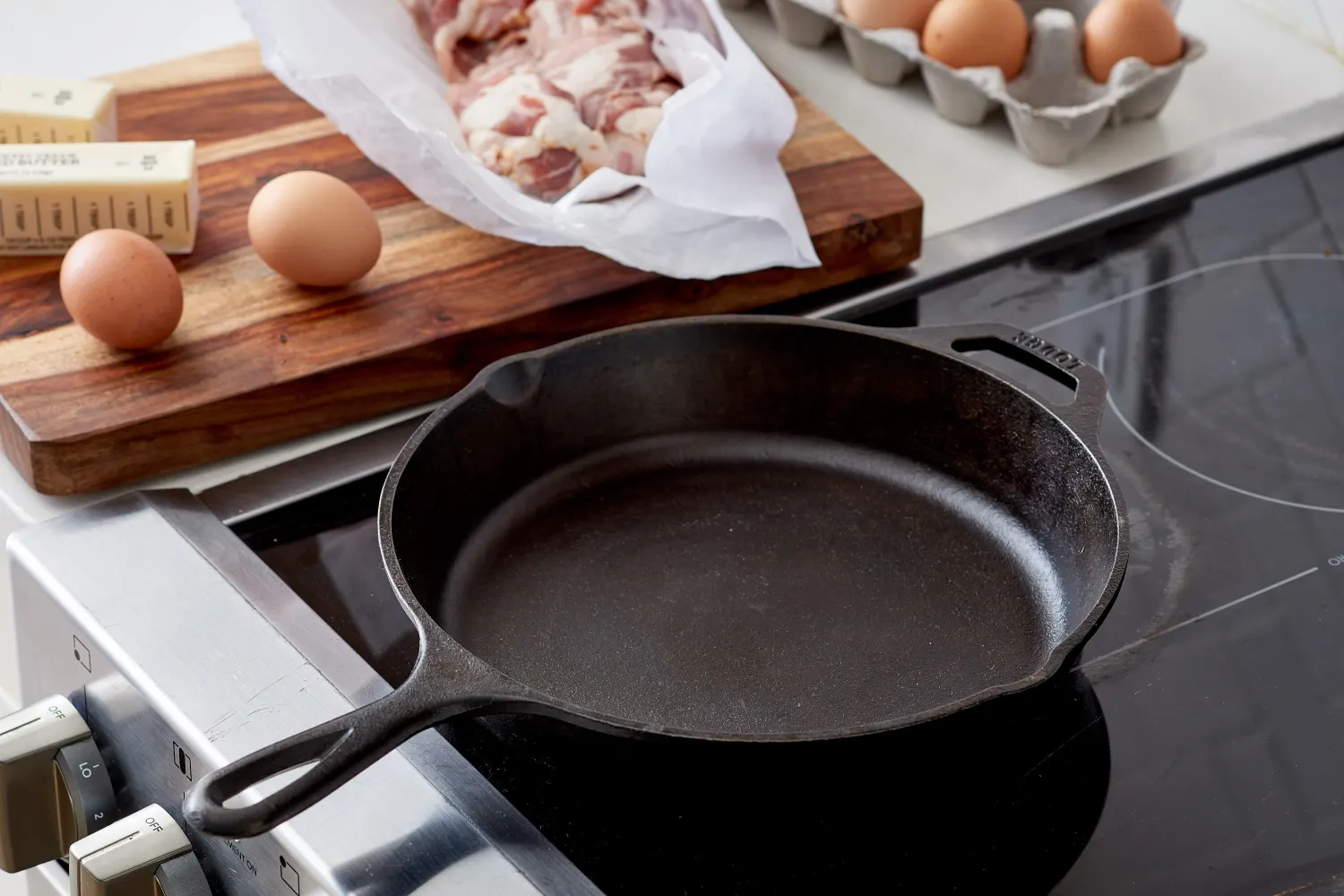
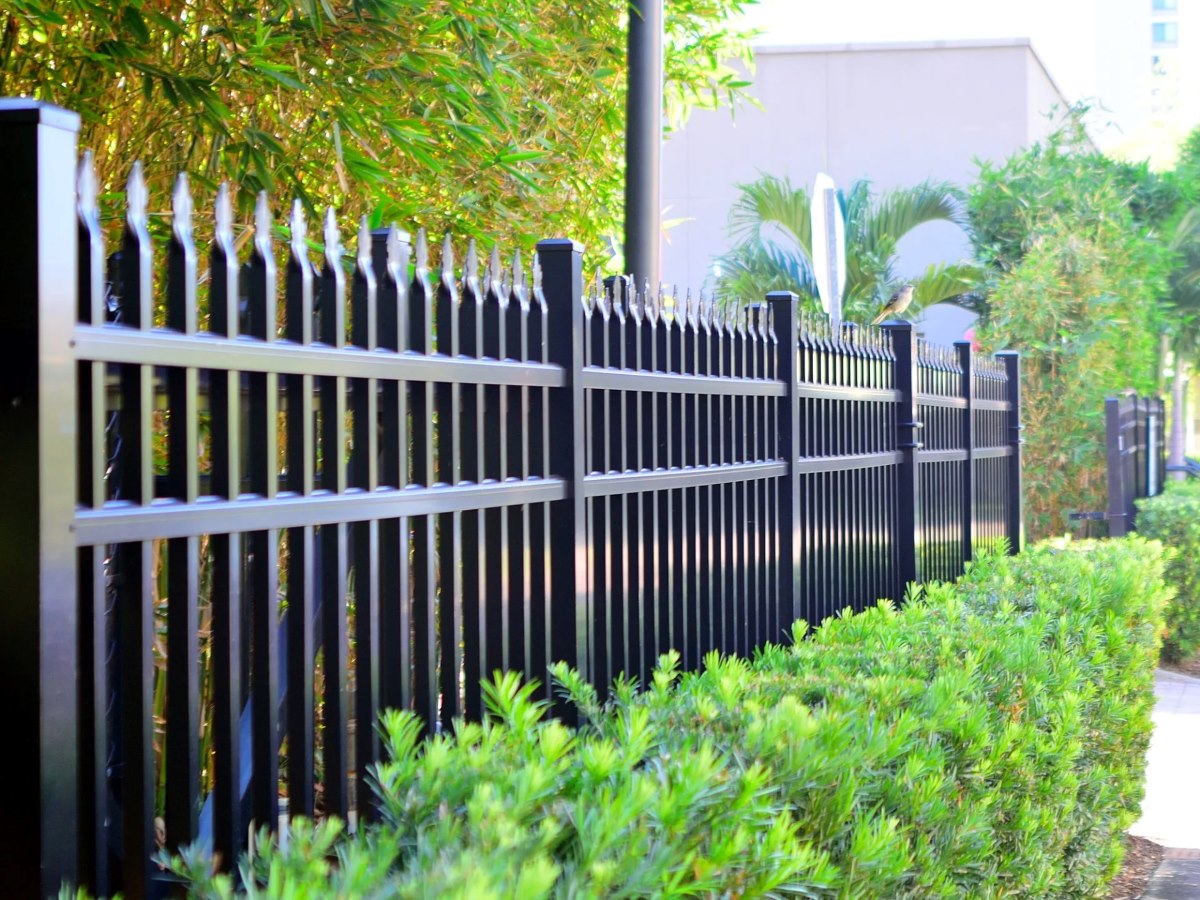
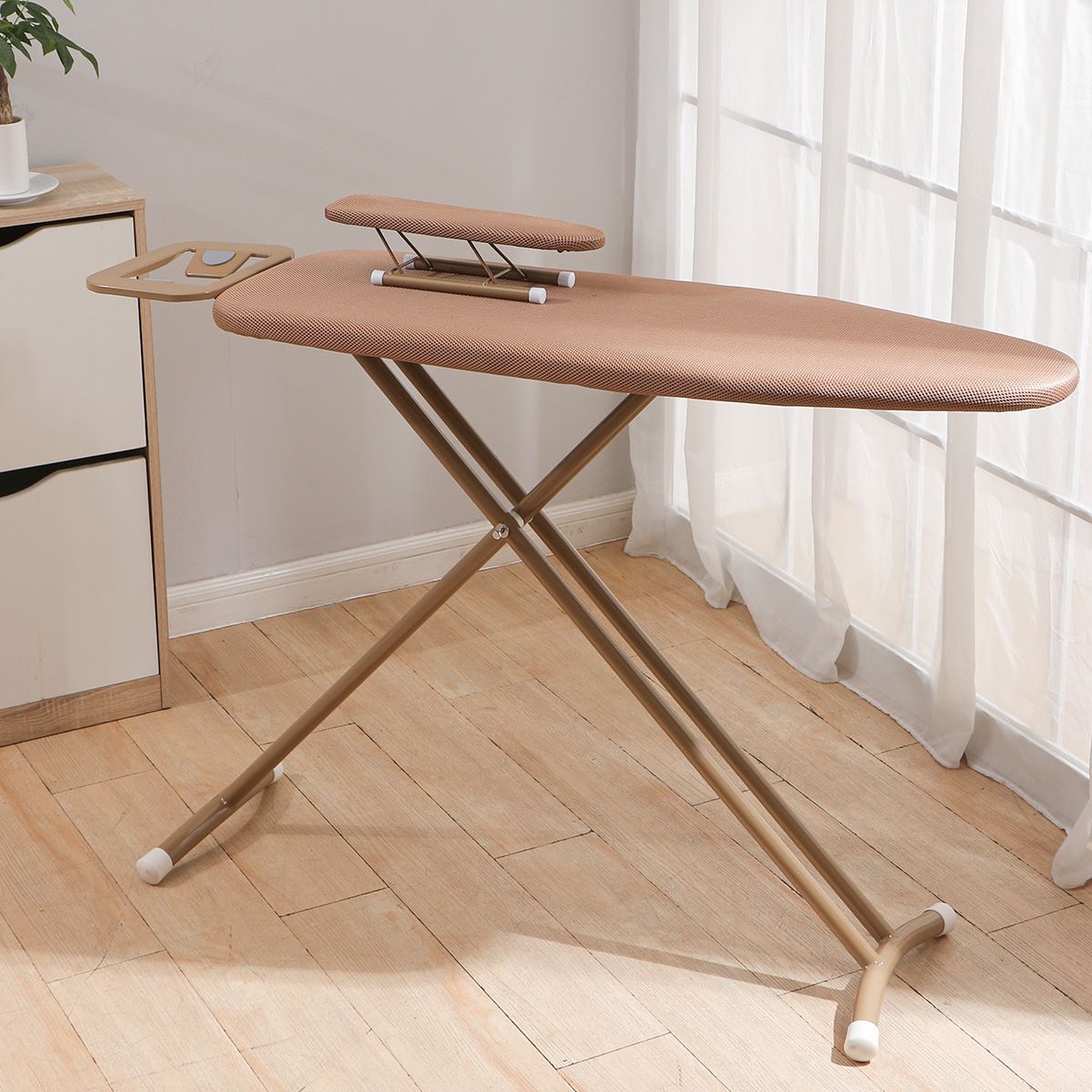
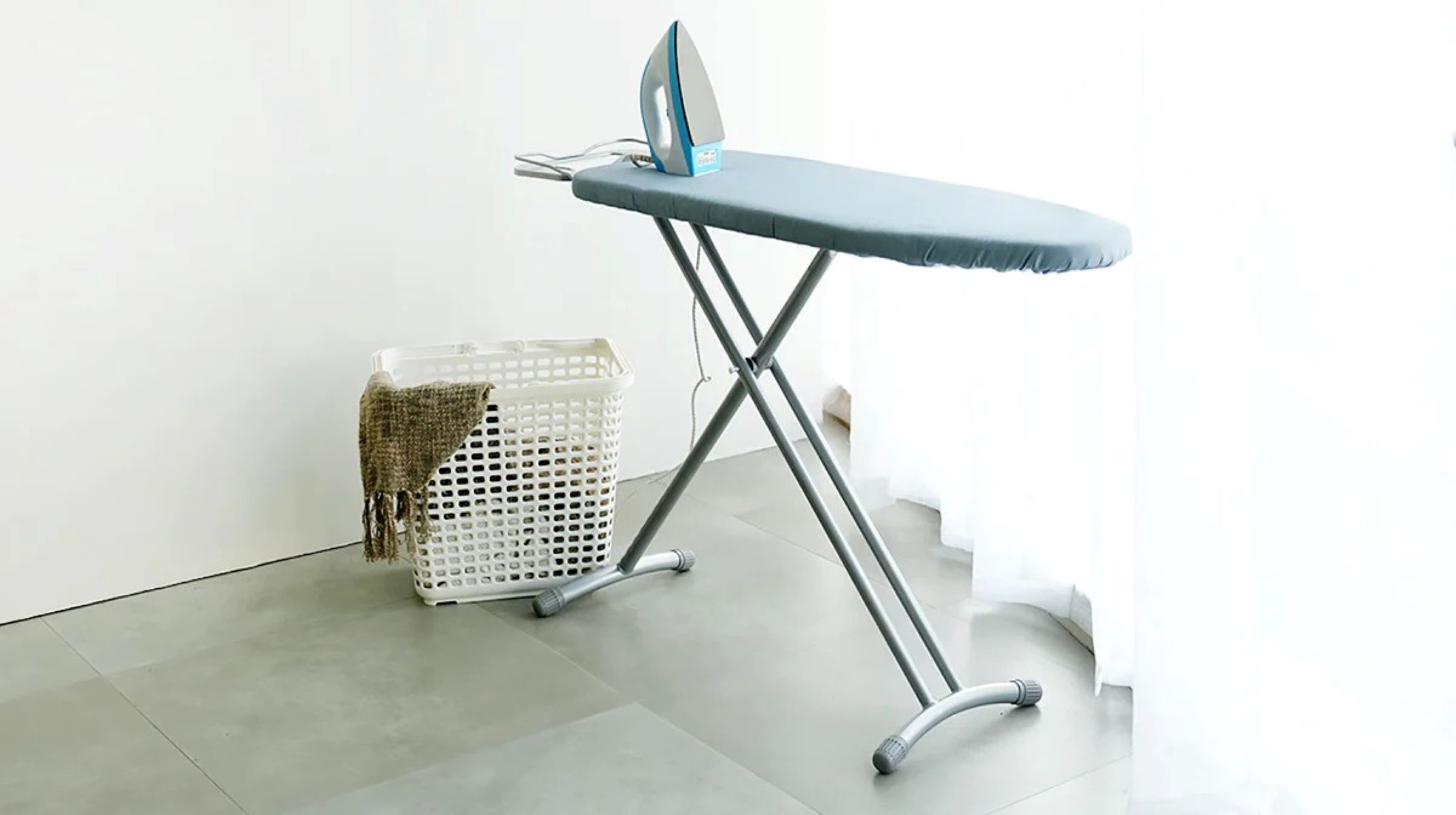

0 thoughts on “What Is Low Iron Glass”